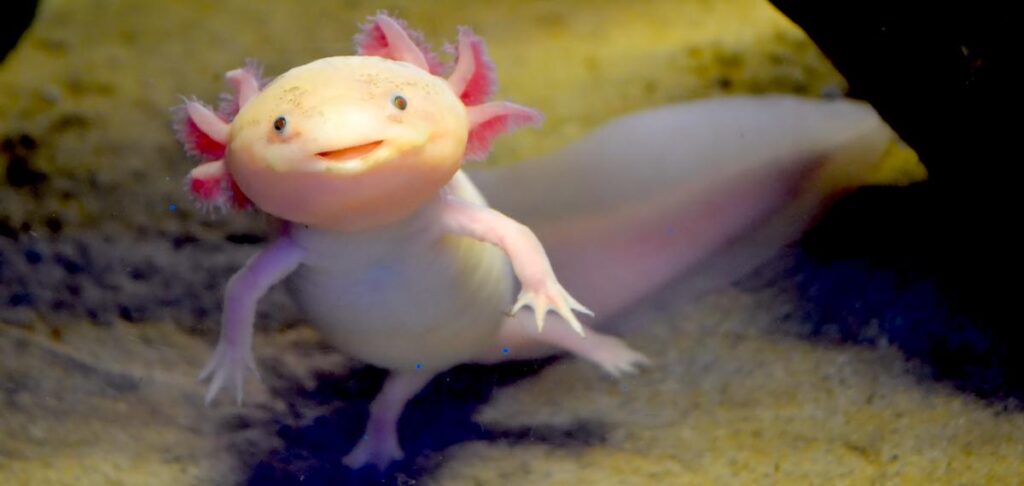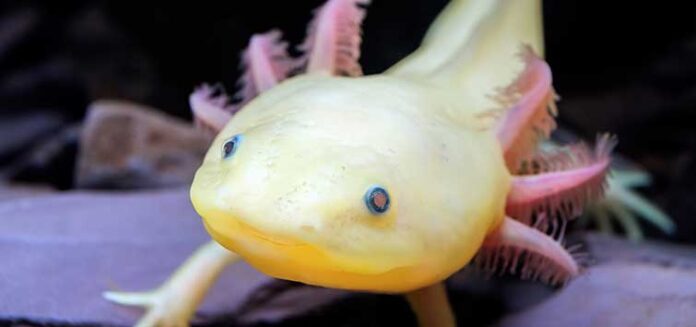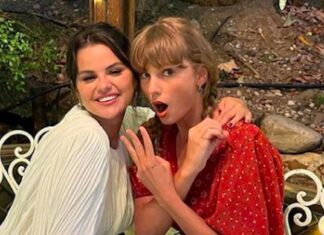
The axolotl has been an important symbol of Mexican culture for centuries
Named after the Aztec god of fire and lightning, Xolotl, Monstruo del Agua means “water monster,” which is the Spanish translation of the word axolotl from Nahuatl, the language of the ancient Aztecs.
Mexico City’s endangered axolotl has found fame is that enough to save it?
A unique cast of people is racing to save the quirky salamander, but experts warn that what’s really needed is habitat restoration.
In Mexico City’s trendy Roma neighborhood, Monstruo de Agua’s patio hums with young people chatting over smoked avocado ceviche, tempura mushrooms, and craft beers. Each beer at the microbrewery bears a label with an image of the quirky axolotl, complete with its crown of feather-like gills.
The brewery chose the critically endangered salamander as its mascot in the hopes of boosting awareness among the Mexican public, says founder Matías Vera-Cruz Dutrenit. “If our product is good, it can act as a good ambassador to the animal,” he says.
Named after the Aztec god of fire and lightning, Xolotl, the axolotl has been an important symbol of Mexican culture for centuries. Monstruo del Agua means “water monster,” which is the Spanish translation of the word axolotl from Nahuatl, the language of the ancient Aztecs.A farmer rows besides a chinampa—an artificial island used for farming—on a canal in Xochimilco, Mexico City, in December 2019.
Once widespread throughout the high-altitude lakes surrounding Mexico City, these foot-long amphibians are now limited to only a few inland canals near Lake Xochimilco, where only between 50 and a thousand survive. This precariously small population faces a barrage of threats: water pollution; predation by invasive carp and tilapia; and most significantly, habitat loss.
As the salamander has declined over the past decade, public awareness about the axolotl has blossomed. Axolotls are now characters in the online game Minecraft and on the global game platform Roblox. The new 50 peso, released in late 2021, features the axolotl as its cover model.
Axolotls—normally brown or gray in the wild—have also become extremely popular as pets, which are usually white with pink highlights, a genetic mutation caused by captive breeding.
Despite the widespread recognition, LuisZambrano, an axolotl expert at the National Autonomous University of Mexico, is skeptical about whether the new bill or the axolotl’s growing fame will translate into meaningful change.
“We have millions of [captive] axolotls around the world,” Zambrano says, but “we need the habitat”—a daunting task in a sprawling metropolis of 22 million, he says. There’s “not a silver bullet for the conservation of this species.”
Report by: National Geographic

























































